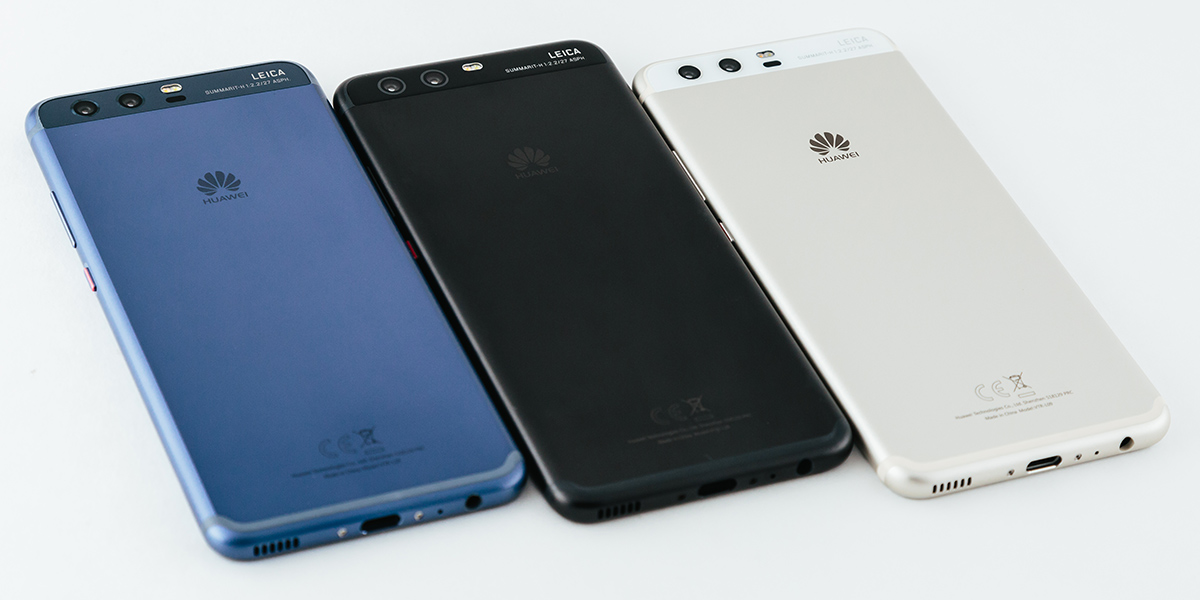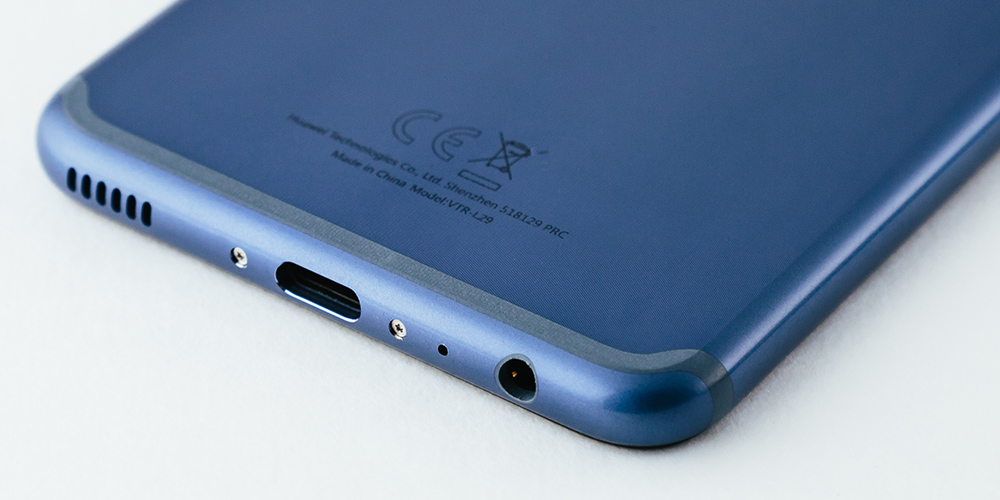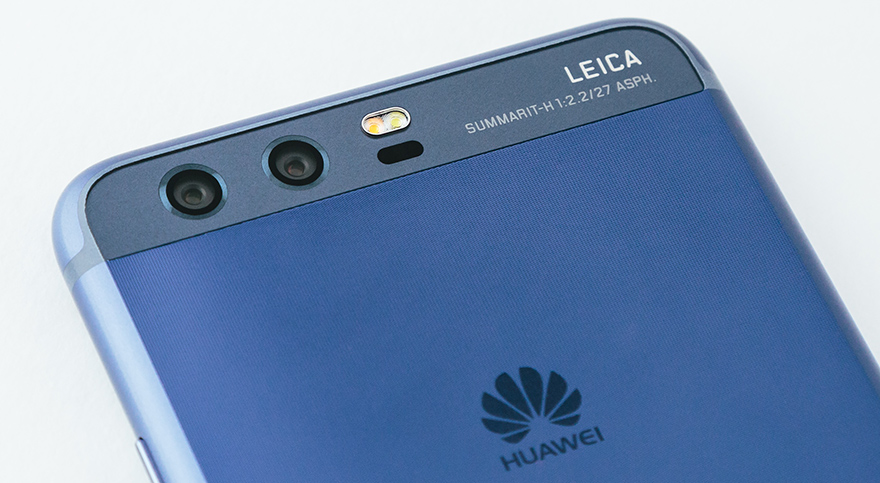Huawei P10 and P10 Plus: Performance & Battery Life Report
by Matt Humrick on May 12, 2017 7:00 AM ESTFinal Words
The P10 and P10 Plus are fast. At least they are when using LPDDR4 RAM and UFS 2.0 NAND like both of our review units. It would have been nice to receive a unit with a different memory type (assuming Huawei is actually shipping units with slower hardware) to explore the performance impact, but that’s outside our control.
In both objective and subjective testing, the P10s produced mostly positive results. Apps launch and run quickly, Huawei’s EMUI remains fluid and responsive, and switching between apps is a breeze. The only area where the P10s showed some inconsistency was when running the browser JavaScript tests, where they were slower than the older P9 in 2 of the 3 tests. The differences were not huge, however, and I do not see this being an issue. In all of our other testing, notably PCMark, the P10s were as fast as the Mate 9 and a little faster than the P9.
The P10s’ bigger GPU gives peak performance a huge boost relative to the P9 and makes it competitive at least with the Adreno 530 in Snapdragon 820. Unfortunately, the GPU’s power efficiency is poor, which is exacerbated by its absurd 1037MHz peak operating point that serves no purpose other than to boost benchmark scores. The good news is that the P10 supports all of the latest 3D graphics APIs and its sustained performance is on par with other flagships with 1080p displays and Snapdragon 820 SoCs.
The P10 Plus’ higher-resolution 1440p display forces the GPU and memory to work harder and reduces performance for games that render at the panel’s native resolution. The additional pixels will be useful if you plan to use the P10 Plus with Huawei’s VR headset, but its IPS panel is not Google Daydream compatible, and the extra pixels are not otherwise necessary for a 5.5-inch IPS display.
The P10’s larger battery and lower power consumption generally improve battery life relative to the P9. Under light to casual use scenarios, the P10 should make it through a full work day, although, heavier workloads that light up the big CPU cores (and especially the GPU) will drain the battery noticeably faster, forcing you to reach for the wall socket to top off. It’s a similar story for the P10 Plus despite its larger battery. Our review sample consistently fell behind the smaller P10 in our battery tests and during real-world use. Its larger, higher-resolution display is partially to blame, but it appears the Kirin 960 SoC in our particular P10 Plus is a lower-binned part, because it consistently drew more power than the SoC in the P10.
In terms of performance and battery life, the smaller P10 is the better choice unless VR is an important use case for you. The uncertainty surrounding memory components casts a gray cloud over the P10 and P10 Plus, however. With the right components, they perform very well. Opening and installing apps may be a little slower if you get one that uses eMMC NAND, but most people probably will not notice. The reduction in memory bandwidth from using LPDDR3 RAM could be significant for serious gamers and VR applications. And because eMMC NAND and LPDDR3 RAM consume more power than the newer parts, there will be some small reduction in battery life too. So while there is some risk that the P10 or P10 Plus you buy will not perform as well or last as long as our test units, most people should still be satisfied with the overall experience.













74 Comments
View All Comments
philehidiot - Friday, May 12, 2017 - link
Another review site did come to this conclusion. I think the issue is that the smartphone has hit perfection in many ways, just like the old T9 based phones of old. There's only so far you can go with a form factor before something new has to come along. Samsung is trying with it's display (as is LG) but frankly I don't give a crap about HDR on my phone screen. I do care about HDR on my TV or PC monitor but that's because I'll sit and watch a film on it. If you're watching a film on a smartphone, you're likely on a train or somewhere where the ambient lighting is going to be more of an issue than the dynamic range of the screen. I just don't see the hardware formula going anywhere anytime soon unless someone comes out with something completely different. They are all merging on the same kind of platform. Google has the software in hand so there's little to differentiate on, unless you're a bunch of idiots and think that Bixby has a chance up against the might of Google.... why, Samsung, why waste the resources?!Stochastic - Friday, May 12, 2017 - link
Samsung's displays really are better than everyone else's, though: http://www.displaymate.com/Galaxy_S8_ShootOut_01.h...That's the kind of performance I'd be willing to pay a premium for.
Meteor2 - Saturday, May 13, 2017 - link
...crap speakers though. I want a picture which looks good -- but also a sound which sounds good.Meteor2 - Saturday, May 13, 2017 - link
"I think the issue is that the smartphone has hit perfection in many ways, just like the old T9 based phones of old."That's a good way of thinking of it, though I think/hope there's room for improvement in battery life and performance. But with the A73 being more of a sideways move compared to the A72, despite being very different, I do wonder if we're reaching a limit.
philehidiot - Wednesday, May 24, 2017 - link
I think we're reaching a limit in terms of what you can do with the form factor that's going to vastly improve the user experience. I'm sure there will be little things here and there but from what I feel, they're now just ensuring you have to upgrade every couple of years in order to maintain the user experience. I am on an S810 based phone and there is absolutely no reason why this should struggle with normal use at all yet just recently (just before the S835 was released), updates came along which introduced vast amounts of lag. The solution? Well I'm sure it's to upgrade to ensure I once again have smooth performance. You don't get anything really new, you're paying a fortune for the basics to remain the same and for incremental improvements which don't really make a massive difference. If it wasn't for the battery life being dire and the introduction of poorly optimised software creating issues which didn't need to be there, would I upgrade? Probably not.As it stands I'm left with little choice due to the tyranny of planned obsolescence and it seems to me that they want nearly a grand every two years to tread water in many respects.
amdwilliam1985 - Friday, May 12, 2017 - link
I agree with most of the posts here in regards to false advertising, Huawei is ruining their newly built reputation, it's a huge NOT recommend from me to any of my friends & families.I understand there are supply shortages(other OEMs do too), so I would much prefer if they advertise the P10 phones with eMMC 5.1 & LPDDR3 @ lower price points, then reviewers report people getting UFS & LPDDR4(icing on the cake with lucky draws).
On a separate topic, why is it that Huawei and OnePlus are using F2FS, but Samsung and the other didn't? As far as I can tell and read, F2FS was created by Samsung and it basically gives you "free" performance.
serendip - Friday, May 12, 2017 - link
On the other hand, phones with slower RAM and NAND might have lower power consumption. I'd be wary of Huawei's advertising and pricing though; it's obscene to charge flagship prices for EMMC storage. Maybe they could do block 1 or block 2 variant pricing so users know which hardware they're getting.Stochastic - Friday, May 12, 2017 - link
I thought UFS and LPDDR4 were also more power efficient?Eden-K121D - Friday, May 12, 2017 - link
UFS LPDDR4/X are more efficient so you're going to get worse battery life on the shitty phonesphilehidiot - Wednesday, May 24, 2017 - link
They could do what LG did with the G5 - they had a version with a slower SoC but the same screen and camera set up and sold it cheaper. Probably had slower RAM and so in as well. For many people that makes a lot of sense as the top tier chips are only slightly better for general use and really a bit of a waste if you don't game or do a fair bit of video / photo editing.